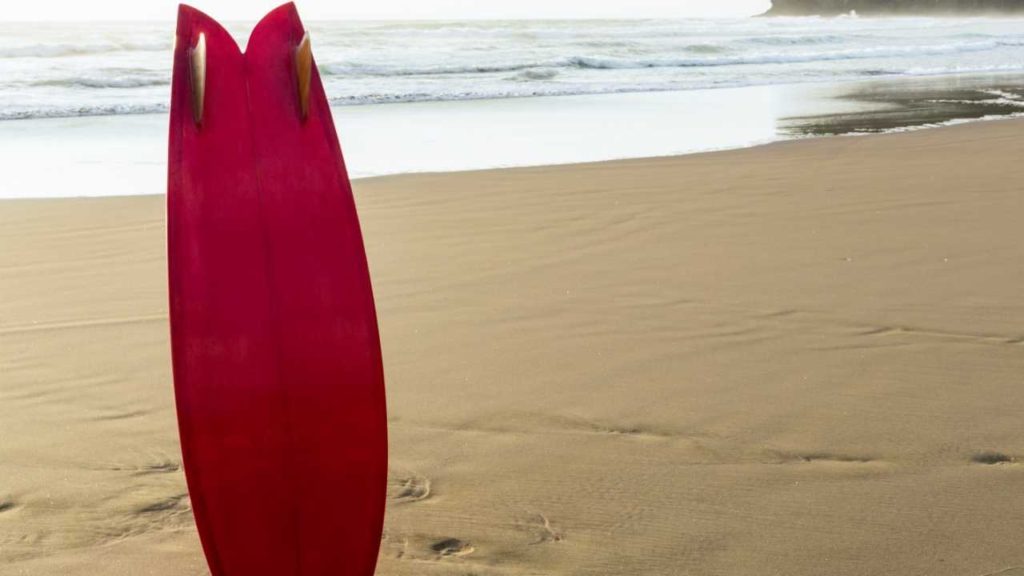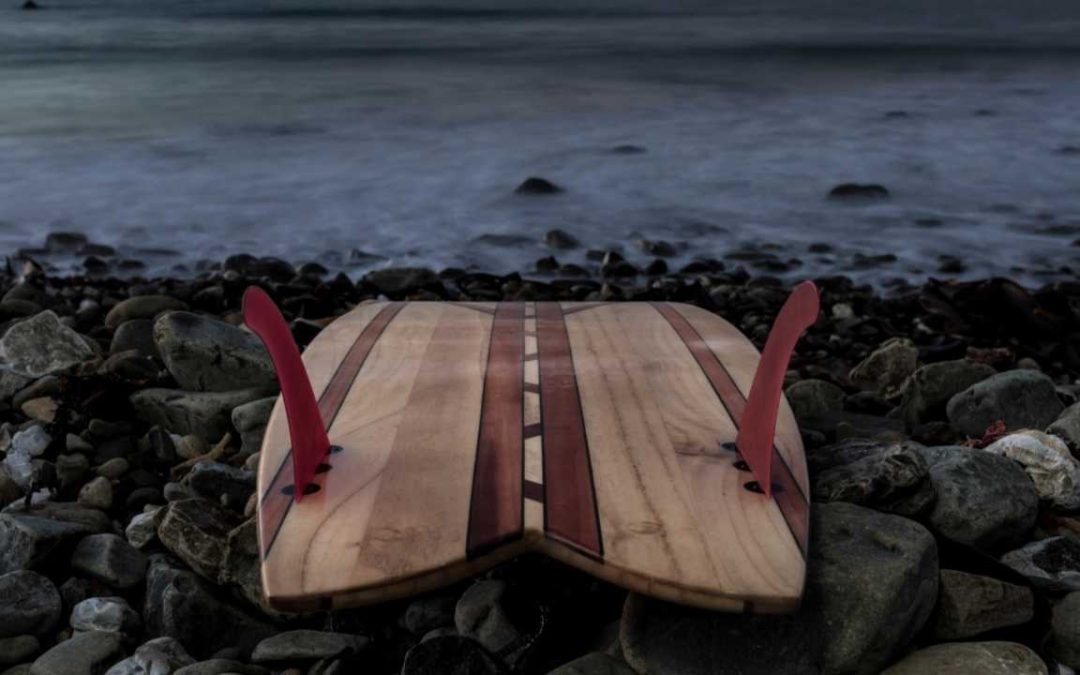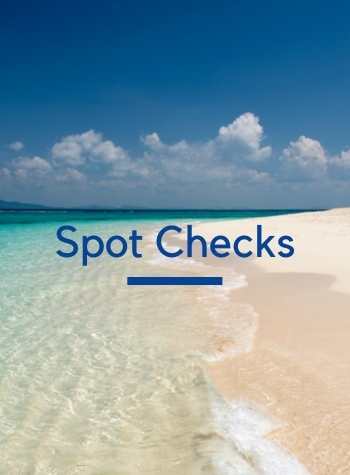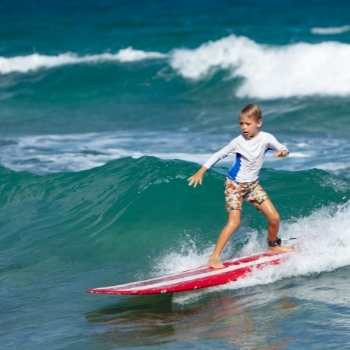Surfing can be a confusing sport to the uninitiated. No one wave is the same nor is any one surfboard. With so many surfboards to choose from, how do you know which one is right for you, as a beginning surfer?
Oh I see. A certain board has caught your eye. Itʻs got sleek lines, thick rails, and whatʻs this? Two fins and a swallow tail? It sure does look cool, but is it a good surfboard for someone so new to the sport?
A fish surfboard can be a good board for a beginner, only as long as they are already able to ride down the face of a wave on a longboard. The buoyancy and stability of a fish surfboard make it a good next step board in the progression of a beginning surfer.
But before you go out and buy one, letʻs really be sure itʻs the right board for you. The right surfboard really reflects on how you approach surfing. Be sure you know what you want out of surfing and you will know what surfboard is right for you.
What is a fish surfboard?
Fish surfboards got their names from their fishlike tails. They were first invented by a kneeboarder out of San Diego by the name of Steve Lis and have since become very popular.
The first fish board was created from a broken longboard. This is why the modern-day fish boards have the volume and width of a longboard in conjunction with the speed and ability of a shortboard.
These boards are easily described as short, wide, flat and thick surfboards. They have more volume than a typical shortboard but are not as long as a longboard. They also have the iconic fish-like swallowtail.
Fish boards can be between 5ft and 7ft. Hybrid fish boards can reach up to 8ft tall.
The common features of a fish board include:
- Nose: Wide with a pointed tip.
- Rocker: None, typically a flat board
- Rails: Medium to full-thickness
- Tail: Split in two like a fish (hence the name)
- Width: One to three inches wider than a typical shortboard
- Thickness: Typically thicker than a shortboard
- Volume: Higher volume than shortboards
- Fin set up: Twins (two fins) or quad fins (four fins) are the common set-ups
Fish surfboards are very fast and loose. I remember my first time trying one I flew right off the back, it wanted to go so fast. Turns tend to be more drawn out on fish surfboards than typical thruster surfboards. Iʻve found that they are best suited for point breaks with long, wide open walls.
Test out a fish board of your own by getting yourself a soft top fish by Wave Bandit. These boards are cheaper than the real thing and can be heaps of fun on smaller days.
Why are fish surfboards a good next board for beginners?

For the complete beginner, starting on a longboard is recommended. As surfers progress, many choose to remain on a longboard for the rest of their surf career, but others want to try out the short, quicker more maneuverable surfboards that are available.
A fish is a perfect next step board for a beginning surfer to transition to. They are wide, which adds stability and they tend to have more volume than an average shortboard, giving them more floatation and making them easier to paddle.
Fish surfboards perform really well in smaller to medium waves, waves that most beginning surfers find themselves on the most.
If you are a beginner just switching over from your first board, I would suggest a fish that is 2ʻ taller than you. So if you are 5ʻ tall, get yourself a fish that is 7ʻ long. As you get better at surfing, you can scale down to an even smaller board.
When I was younger I rode a 6ʻ4” fish and I was 6ʻ1” tall, some surfers ride boards shorter than them! But they didnʻt get there overnight, so donʻt expect to jump right on a small board right off the bat. It takes time my young grasshopper.]
Are fish surfboards easy to ride?
Depending on your surfing skill level fish boards are considered easier to ride than shortboards. However, if you are comparing longboards and fish boards then typically longboards are easier to ride. If you are deciding on starting out on either a shortboard or a fish board then it is recommended to start with the fish board.
You may want to check out this post that dives deeper into the differences between a longboard and a shortboard.
Longboards are often the most recommended boards for beginners because they are long, have a high volume and are wide. However, these characteristics are also shared with a fish hybrid board.
Hybrid fish boards have increased volume than a shortboard and are wider. This means that there is more room for correctly placing your feet and for popping up. Due to the larger volume, fish boards are more stable and forgiving than a typical shortboard.
Five reasons why fish surfboards are recommended
- Ease of use
When comparing a fish board with a longboard the fish has more maneuverability and speed than its counterpart. However, when compared to a shortboard the width and thickness of the fish board make it easier for beginner surfers to ride as they are more stable.
It’s the perfect board for surfers of many different ability levels.
- Wave conditions
On days that the waves are small and mushy a fish board will be able to catch the waves that a shortboard may not be able to.
Fish boards are not just great on days when the swell is small, they can also be surfed in medium to large waves depending on your skill level.
- Portability
As fish boards are smaller than your typical beginner board they are easier to transport and carry. This can be a huge benefit depending on what car you drive and if you have to walk to your local surf break.
- Stylish
There is just something about the iconic and unique look of a fish board that makes them a stylish board option. If you enjoy displaying your boards in your house then a fish board is the perfect piece of artwork to decorate your interiors with.
- Surfer ability
As fish boards ride well in multiple different types of conditions they are great boards for surfers to have as their ability increases. If you are wanting to progress to a shortboard or simply have fun on some larger waves then this board is a great one to have in your repertoire.



